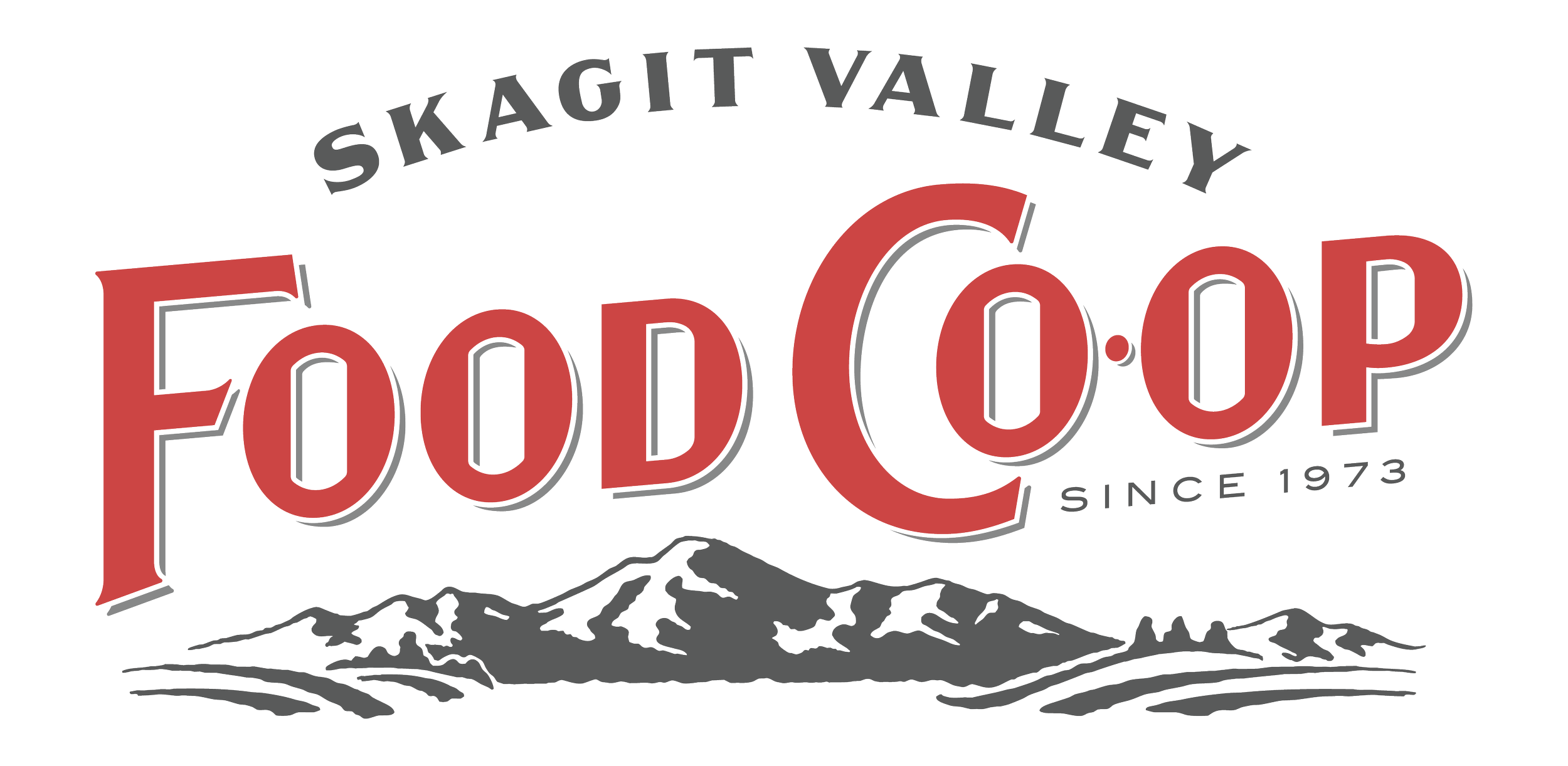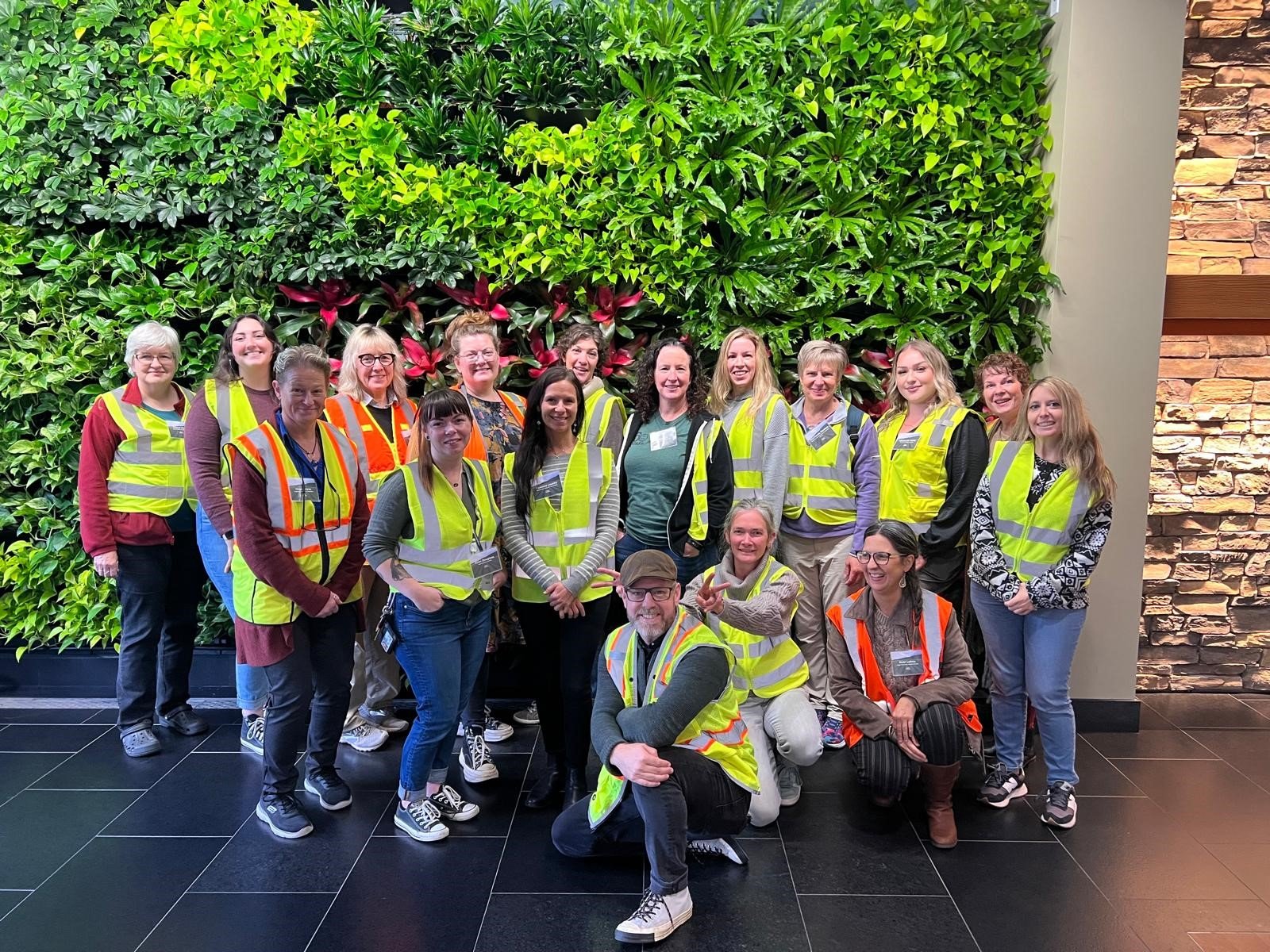Show Don't Tell
Until I was 14, I attended public school in the same place—Torrance, California—where the class photos have some of the same familiar faces every year. While I don’t remember if there’s a load of laundry in my washing machine waiting to be put in the dryer, I know the full names of people I have not seen since 1988 when my mom moved a very upset teenager from Southern California to the hub of excitement known as Edmonds, and THEN decided to upgrade to Everett a few months later.
Comparing Everett to Torrance could fill a book. Torrance was crowded and hot but filled with humans from all over the world. Everett was beautiful and wet and very racially homogenous. I took for granted the diversity of childhood. I was used to the being only blonde kid. I loved going to friend’s house and trying food I couldn’t pronounce. I loved hearing my friends talk in a different language to their grandparents as we raided the cupboards for afterschool snacks. We were friends because of our shared history and proximity—a kid is going to play with their neighbor, especially when the only screen around was the 18” grainy TV with four channels if you held the antennas just right.
When I was transplanted to Everett, I ran straight into cliques I didn’t even realize existed before. There were the jocks, the theater kids, the skaters—and they all seemed to have these clues—haircuts, clothes, slang—that told us who they were, and I was supposed to figure out where I belonged and adapt accordingly. There was a lot of flannel, concert t-shirts, and Dr. Martens involved in my wardrobe, and my Ford Festiva sported bumper stickers of my favorite grunge bands as we drove to all-aged shows at the OK Hotel in Seattle to blow out our ear drums and then smoke clove cigarettes INSIDE at the closest Denny’s.
While my ears have evolved to songs with less distortion, I still recognize the need we all seem to have to advertise our beliefs in subtle ways—in our clothes and hats, our jewelry and tattoos, our yard signs and bumper stickers. Sometimes it feels like we all have a marketing strategy as we advertise who are based on what we have, heavily influenced by our own budgets.
Companies spend millions to send out very crafted messages to win consumers’ dollars, and they all know what you want to hear. Just scanning the random assortment of wellness items on my desk, I find all sorts of fascinating language: extra strength, professional strength, nutrients with real food, brain vitality, real-fruit infused, highly absorbable, and replenishing minerals for active bodies. While none of these are outright lies, it’s all just marketing that doesn’t truly speak to the integrity of a product or the company that makes it. They are all just hoping you want to come sit at their table in the cafeteria, and that you’ll share your tater tots.
Tour of Natural Factors Facility
As a Co-op shopper, you vote with your dollars, and we do carry big national brands that you will see at other grocery stores because you want to be able to buy them here, too. We love that you decide to do that, and every department works hard to provide those options. You also want local, organic, new-to-market and high-quality items, and I get the honor to research brands and products, and give them a home in Wellness. It’s one of the best parts of my job—giving a product the honor of having your consideration—and I use my influence to support brands that I feel are aligned with cooperative principles.
One brand that I will be dedicating more shelf space to in the next year is Natural Factors. They are a Canadian company, based in British Columbia, that is still family owned. (This is very rare in the supplement world—most companies are owned by larger corporations). One Natural Factors production facility and shipping center is located in Monroe, Washington, and the other two are less than 200 miles away. I have toured the local LEED Gold Certified building twice and continue to be impressed with how they have prioritized manufacturing processes that look at maximizing water and energy efficiency, material selection, air quality, and overall sustainability. It’s one thing for a company to claim to be concerned about the environment, but quite another to do the work to earn this Green Business Certification.
Another huge environmental impact to consider is that because Natural Factors facilities are so close, shipping distance is far less, which lessens carbon emissions. Most of their products are in post-consumer plastic, and while I know lots of us prefer glass, there are some other factors to consider. Not only is glass much heavier to ship, it requires a lot of additional packing material (cardboard and bubble wrap) to limit breakage. When breakage does occur, and it happens regularly, it wastes products, and gives us tiny ouchy splinters. Also, if you live locally, glass is no longer being recycled due to the closure of the Seattle facility. According to a recent chat with Waste Management, even if you wash out that jar and put it in your curbside receptacle it becomes landfill.
Most of Natural Factors’ products are shipped and displayed in just the bottle, as opposed to being a bottle inside of a fancy box that sits on our shelf and calls to you. This is a tricky trade in—boxes take ink and paper, but it also gives a company more space to share information you want to know—and in larger font. Lastly, glass is permeable and does let some light in, whereas plastic is a bit more of a dark cave vibe. Light, moisture, and oxygen are factors you want to control to keep your supplements as potent as possible through their use by date.
Natural Factors uses ISURA to certify their products, which verifies the highest standards of quality for consumers. If you want supplements that are free of genetically engineered ingredients, contaminants, are scientifically authenticated to reflect the label claims, then you want to see the ISURA certification on the bottle. For all of these reasons—not to mention that the founder and current owner of Natural Factors actually cooked and served the lunch I ate at the facility years back—in the coming weeks, you’ll see more of their products in Wellness.
What you might also see more of in 2025 is an increase in folks’ personal branding budgets as we struggle to tell the world who we are and who we are not. I’m no different; however, since the popularity of Birkenstocks since the Barbie movie, I’m not sure what I’m saying with that fashion choice? I have asked myself more often lately if rather than TELLING the world who I am through my carefully chosen advertising (and shoes), I might venture to be bolder in SHOWING the world who I am. If we want the world to be more kind, then we need to be kinder, rather than just wearing a hoodie with that message. How we decide to treat each other in our daily lives can have an equal influence on our neighbors, our farmers, our teachers, our children as the decisions made in Olympia or D.C. Then again, if you are reading this, you know the power of community because you are part of one of the best cliques around—the cool kid co-op crew. We are a funky bunch, hard to pin a label on at times, but rest assured, we always have the best snacks.
Written by Nancylee Bouscher for the January 2025 Natural Enquirer


